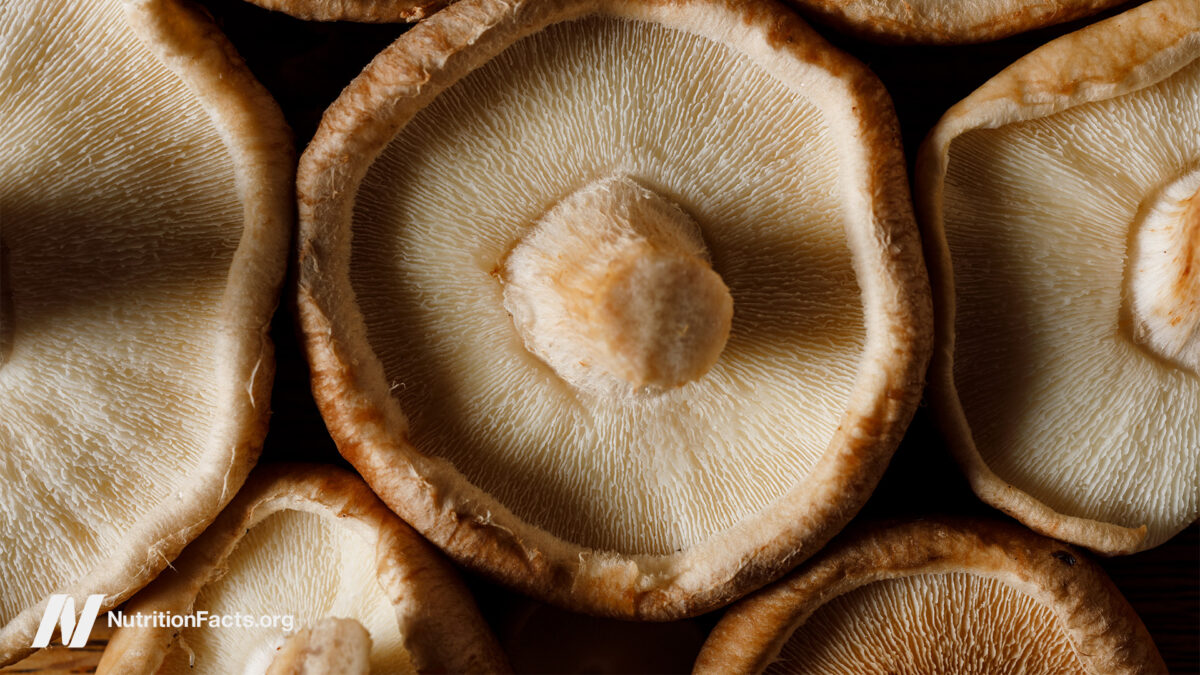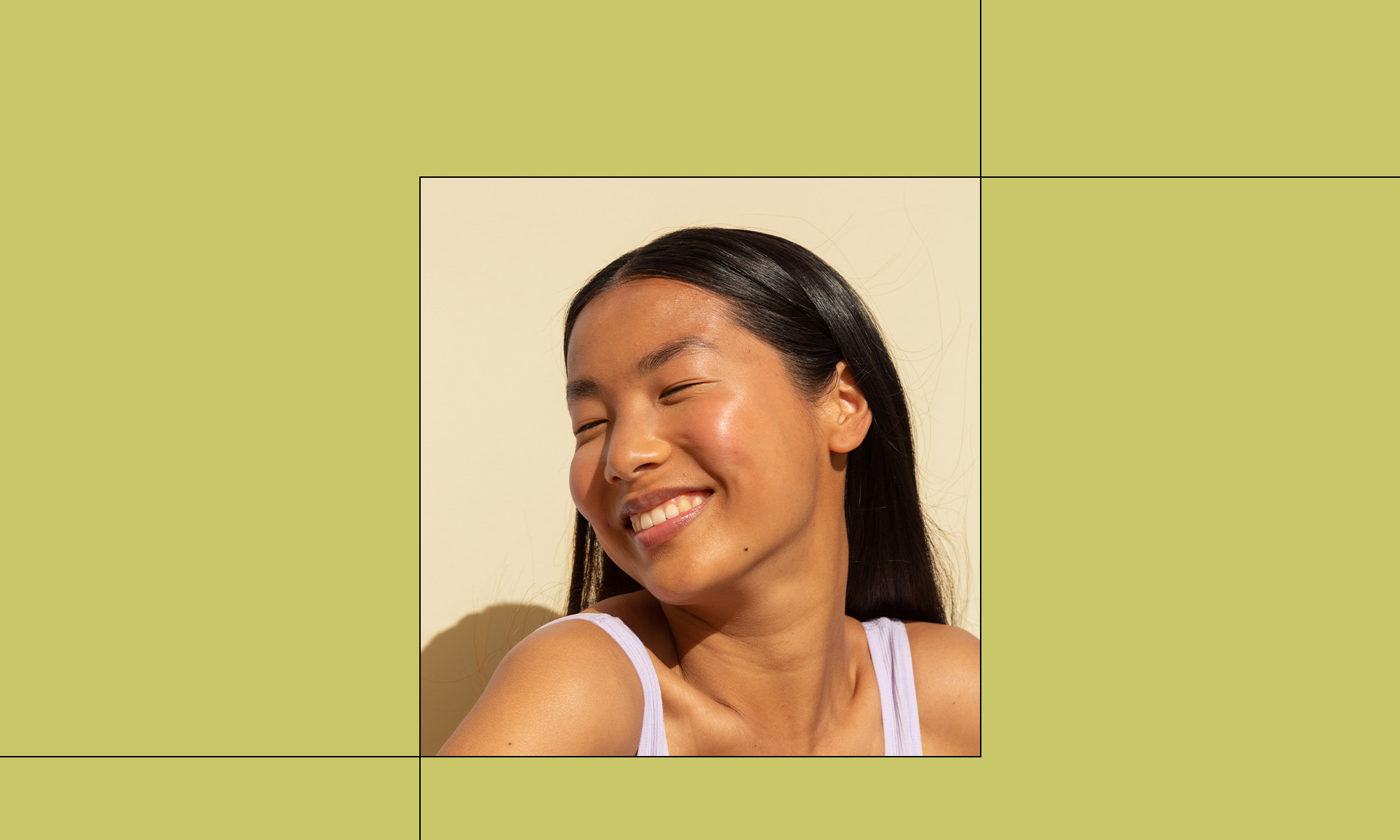Yin Yoga Benefits: The Ultimate Guide to Stress Relief and Enhanced Flexibility
At a time when the world is shifting rapidly, discovering new approaches to relax your mind and body has become […]


At a time when the world is shifting rapidly, discovering new approaches to relax your mind and body has become imperative. If you are looking to improve your mental state and physical flexibility with a gentler yet powerful practice, then Yin yoga could be just what you’re after.
With Yin yoga, you do not get the energizing flows of Vinyasa or the muscle-building sequences of Power yoga. Instead, Yin yoga softly invites you to take a seat, deep breathe, and sustain poses for longer durations. This form of yoga is meditative, and the stress relief, increase in flexibility, and other Yin yoga benefits are remarkable—often surpassing what you might achieve from more active practices.
What is Yin Yoga and How Does It Work?
Yin yoga benefits is a passive and slow practice that is contemplative in nature, working internally on the body’s deep connective tissues, ligaments, and joints. The focus of most yoga styles is to work on the strengthening of the muscles (yang tissues). In contrast, yin yoga focuses specifically on the yin tissues, the deeper, less flexible structures that require gentle pressure.
In a regular session of Yin yoga, you will use bolsters, blocks, and blankets to brace your body into restful positions, which allows you to maintain poses for 3-7 minutes. This duration not only helps your muscles completely relax but also exerts gentle pressure on the connective tissues, promoting flexibility and range of motion in the joints.
It adopts elements from Traditional Chinese Medicine such as the idea of meridians which are channels of energy flowing through the body. These poses enable practitioners to tap specific meridian lines which can enhance energy circulation and organ function.
The Science Behind Yin Yoga for Stress Relief
Anxiety and stress have always been challenging to manage, but new findings demonstrate how effective Yin yoga is. A novel study published in a peer-reviewed journal demonstrated that participants who underwent a ten-week online Yin yoga program had significantly lower state anxiety than participants in a control group.
Most impressively, regardless of one’s baseline, anxiety levels after each session showed a decline both in the short and long term.Another important study showed that a five-week Yin yoga intervention not only improved psychological health markers but also decreased plasma adrenomedullin – a stress hormone.
This research shows that the benefits of Yin yoga go beyond helping you feel relaxed; it creates measurable physiological changes that aid in relaxed stress reduction at the cellular level.
The stress-relieving benefits of Yin yoga can be attributed to several key mechanisms:
Enhances parasympathetic nervous system response – what most yoga practitioners refer to as the “rest and digest” system. Slow, meditative sequences shut off the chronic stress, cortisol regulation system. Develops mindful awareness – focus on breath, body, and mind broadens as awareness of physical, breath, and mental sensations incurs over time. Helps release stored emotions – deep stretches released tension and emotions tirelessly stored within tissues, resulting in lighter emotional practitioners post practice. Integrating therapeutic yoga with Yin practice can be particularly beneficial for individuals experiencing chronic stress. The gentle nature of both approaches makes them effective for overall stress management.How Yin Yoga Benefits Flexibility and Joint Health
The mental benefits of Yin yoga are well-known, but its effects on physical flexibility are just as remarkable. Unlike active stretching or more dynamic forms of yoga, Yin yoga takes a different approach to flexibility.
Yin yoga enhances flexibility through four key mechanisms:
Adaptation of connective tissues – Slow, sustained pressure of 3-7 minutes encourages fascia, ligaments, and joint capsules to stretch and become more flexible and elastic over time. Improved joint mobility – Focus on areas with chronic stiffness, such as the hips, spine, and shoulders, helps preserve and restore mobility in these critical regions. Enhanced circulation – Repetitive cycles of compression to restricted areas of circulation help nourish the tissues and aid healing. Balanced muscle tension – complete relaxation of muscles in supported postures leads to the dissolution of chronic tension held in the body that restricts movement and creates asymmetries.Research suggests that long-held stretches, as practiced in Yin yoga, are more effective at enhancing flexibility than short stretches. For this reason, Yin yoga is beneficial for people who want to safely increase their range of motion over time.
Essential Yin Yoga Poses for Stress Relief
In a busy schedule, stress is a common problem for a lot of individuals. Specific poses in Yin Yoga, such as supported fish pose, child’s pose, and legs up the wall pose, are useful in targeting relief from stress.
Child’s Pose (Balasana) is one of the easiest and most calming poses that can be done to alleviate stress. This gentle forward fold helps to activate the parasympathetic nervous system and makes one feel safe and grounded. In Yin yoga, this pose is usually held for 3-5 minutes in a supportive position where the body is fully propped. Learn more about the benefits and techniques of Balasana to deepen your practice. Supported Fish Pose gently maintaining a position while having a bolster placed under your shoulder blades allows you to gently backbend and open your heart center. This encourages deep belly breathing. As you maintain this gentle backbend, tension in the chest and shoulders can gradually release. Legs-up-the-Wall Pose is one of the most restorative poses to practice. This mild inversion is very helpful in shifting the nervous system into a more relaxed state while also reducing swelling in the legs and feet. This pose takes very little effort and gives the most stress relieving benefits. The Reclining Spinal Twist alleviates tension in the spine while stimulating digestion and detoxification. Sustaining this pose for several minutes on each side helps release and soften the deep muscles of the back. Dragon Pose (similar to a low lunge) offers an intense opener for the hips and can assist in releasing stored emotions and tension in the pelvis. This pose is beneficial to individuals who sit for extended periods during the day.Yin Yoga Poses To Help Achieve Greater Flexibility
While all Yin poses contribute to flexibility, certain postures are particularly effective for targeting common areas of tightness:
Butterfly pose (Baddha Konasana) works on the spine and also addresses the inner and front thighs and hence opens the hips too. Its yin variant has the yogi folding forward and resting in that position for 3 to 5 minutes, increasing the stretch gradually through the pull of the weight of the body. Swan pose gives a very strong opening to the hips especially the hip flexors and rotators externally. Because this pose is very strong, care needs to be taken and props should be used if needed and not forced into the stretch. The seated forward fold, or Caterpillar Pose, stretches the back of the body: the spine, the hamstrings, and the calves. Because this pose is held for an extended duration, your body is able to gradually open up during the pose, increasing flexibility in the posterior chain. Sleeping Swan performs a simultaneous combination of gentle twisting and deep hip opening, both of which work towards one complex stretch. This pose can be especially helpful for those athletes who tend to have tight hip flexors from sitting for long periods of time. Banana Pose (side body stretch) targets the far less active muscles on the sides of the torso, which stiffens the spine. Working on this pose helps one to decrease stiffness around the spine and intercostal muscle tension.For beginners looking to build flexibility safely, starting with fundamental yoga poses can provide a solid foundation before progressing to more advanced Yin postures.
Creating Your Personal Yin Yoga Practice
You don’t have to commit a number of hours each day in order to cultivate a stress relieving practice in Yin yoga; a practitioners routine can be condensed to as little as 20 to 30 minutes. Make sure that every step of the process is as manageable as possible, this will ensure your continued participation. Here is a breakdown on how to get started small and work your way up:
Listen To Your Body: Always pay attention to your level of comfort during a yoga session, as yoga is all about relaxation; you do not want to cross your comfort perfecincture. While mild forms of yoga stretching is acceptable, anything beyond the realm of ‘gentle’ or ‘soothing’ stretching is unbearable and deemed inappropriate. Use Of Props: Spendable time in persuasive yoga unavoidably leads to results, however with efficiency and rest. Make sure that you make full use of props like bolsters, blocks, blankets and individually designed yoga mats where not aid your usability, but fortify your mandate for adequate furniture. Relax and Focus on Breathing: In addition to the physical and cognitive stress-enhancing aspects of yoga, optimal results are most easily achieved when combined with adequate sleep. Rest in between demanding work sessions and powering your core will lead to the best ehatrelaxed mind and focused vision. Protective Rest in Relaxation Pose: To achieve calm, repose in such a way that supports the attitude with gentle restorative structures of the body focused upon deep relaxation. With the chin placed upon one supports as between themselves, mental calm can be attained amid physical stillness around which restorative thoughts can rotate. Practicing stillness teaches patience, and as with all forms of yoga, patience cultivated on the mat often cultivates more equanimity in daily life.Combining Yin Yoga with Other Wellness Practices
Yin yoga is powerful by itself, but its benefits for relieving stress and improving flexibility can be further enhanced through other complementary practices:
Breathing exercises: Simple pranayama techniques taught one step earlier or integrated into the Yin practice could facilitate deeper relaxation, enabling one to settle into poses more easily. Meditation: The slow, reflective character of Yin yoga encourages meditative awareness that can be used in the long intervals of silence in mindfulness or loving kindness meditation. Gentle movement practices: Gentle yang activities like walking, swimming, and restorative hatha yoga practiced alongside or right after Yin yoga can provide a more rounded approach to mental and physical wellness. Massage therapy: As both practices work with the fascial system and enhance each other’s benefits, yin yoga combined with regular massage can be quite effective. Massage addresses areas that are hard to reach through postures, and yoga poses help unwind the body from stress.Common Mistakes to Avoid in Yin Yoga Practice
Yin yoga is usually safe and can be practiced by people with different physical abilities, however, there are some mistakes that could cause discomfort or limit its effectiveness.
Forcing the stretch: In Yin yoga, it’s not recommended to use muscular effort, and instead use gravity and time. Attempting to push deeper into poses goes against the very essence of Yin yoga, and can lead to injuries. Omitting props: Props are often omitted with the belief that it makes practitioners stronger. However, Yin yoga is more about ‘doing less,’ thus, proper support allows for effective relaxation and helps achieve more far-reaching results. Looking at their neighbor on the mat: Many people tend to look at others while practicing and adjust their asana according to the other person’s pose. This could lead the practitioner to incorrect postures as everyone has different levels of flexibility determined by their bone structure, genetics, and life experiences. Rushing between poses: Taking breaks and making adjustments in between poses is important and should be revered. Fast-paced movements can cause damage to your nervous system, disrupting the relaxing state you’re trying to achieve. Overlooking discomfort cues: Yin yoga as a practice should involve gentle sensations as opposed to sharp pains or numbness. In those cases, the practitioner should consider changing their position or using more props.The Mental Health Benefits of Regular Yin Yoga Practice
Beyond stress relief, regular Yin yoga practice can contribute to broader mental health improvements:
Improved emotional regulation: The mindful awareness cultivated in Yin yoga helps you observe emotions without immediately reacting to them. This skill translates to better emotional regulation in daily life. Enhanced self-compassion: The gentle, non-judgmental nature of Yin practice encourages self-acceptance and compassion. Many practitioners report developing a kinder inner voice through consistent practice. Better sleep quality: The relaxation response triggered by Yin yoga can improve sleep quality and help with insomnia. Practicing gentle poses before bedtime can be particularly beneficial. Reduced anxiety and depression symptoms: Multiple studies have shown that yoga practices, including Yin yoga, can significantly reduce symptoms of anxiety and depression when practiced regularly. Increased mindfulness: The extended holds in Yin poses naturally develop present-moment awareness, which is the foundation of mindfulness practice.For those dealing with specific mental health challenges, combining Yin yoga with other therapeutic approaches can be particularly beneficial. Some practitioners find that addressing physical tension through yoga helps them better cope with emotional challenges.
Who Can Benefit from Yin Yoga
One of the beautiful aspects of Yin yoga is its accessibility. The practice can benefit a wide range of individuals:
Busy professionals: Those with high-stress jobs can use Yin yoga as a counterbalance to constant activity and mental stimulation. Athletes: Active individuals can use Yin yoga to improve flexibility, prevent injuries, and aid in recovery. Seniors: The gentle nature of Yin yoga makes it appropriate for older adults looking to maintain flexibility and reduce stress. People with chronic pain: The gentle, supported nature of Yin poses can provide relief for those dealing with chronic pain conditions. Beginners to yoga: Yin yoga’s slow pace and use of props make it an excellent entry point for those new to yoga practice. Anyone dealing with stress or anxiety: The specific stress-reducing benefits of Yin yoga make it valuable for anyone struggling with these common challenges.Building Long-term Flexibility Through Yin Yoga
Alongside all the benefits you receive from Yin yoga, the practice can help you develop flexibility. That said, significant changes won’t happen overnight. Here’s a comprehensive roadmap to your flexibility yoga journey:
Stage 1: Initial Phase (first month)
In this stage, you’ll most likely feel more relaxed and, during the sessions, subsequently notice an improvement in how your body “feels”, as well as some body awareness post practice. The initial gains in flexibility, while perhaps minor in degree, are important to deepening your practice.
Stage 2: Development Phase (Months 2-6)
In this stage, you will notice striking improvements in your range of motion, paving the way for visible changes in the months to follow. Challenging poses that you could not practice before will suddenly become accessible.
Stage 3: Integration Phase (6+ Months)
Here, with continued practice, the improvements from flexibility become integrated to your daily movement habits. There’s often a better postural alignment, reductions in stiffness, and overall improvement in ease of daily activities.
Stage 4: Maintenance phase (Ongoing)
This is often what long-term practitioners experience from regular practice of Yin Yoga. They see the most benefit in preserving their flexibility during the aging process, along with aiding stress relief during life’s ups and downs.
Furthermore, don’t forget that any improvement in flexibility with Yin yoga will largely be zigzagged as opposed to a straight line. Some days you may feel you have literally no flexibility only to wake up the next day feeling a lot more “open”. All of this is completely natural.Common Queries Regarding Yin Yoga
Conclusion: Improve Your Health and Well-being with Yin Yoga
Yin yoga is more than just a form of yoga; it is an antidote to the unyielding toll of modern life, enhancing both bodily flexibility and mental fortitude. The evidence is indisputable: incorporating Yin yoga into one’s wellness routine lowers stress hormones, abates anxiety, and measurably improves psychological and physical health.
Chronic stress, low flexibility, and lack of sustainable practices are no longer issues. With Yin yoga, there is a gentle, yet profound solution for everyone. The practice teaches us to show patience and kindness to ourselves – a cornerstone of effortless transformation.
As you embark on or deepen your Yin yoga practice, embrace the journey and remember that consistency is more important than perfection. With time, your world feels lighter and you move through it with increased ease. Focus on your starting baseline and lessen the intensity of your expectations. Support yourself with sufficient props. Progress is real, but it unfolds in subtler ways over time, so trust in it.
Less stressed and possessing a deeper connection to one’s inner self, your future self is waiting for you on the other end of breath and willingness to slow down. The journey starts with one single pose that is patiently and mindfully held. Would you like to embark on the first step?
Frequently Asked Questions About Yin Yoga
Q1: How often should I practice Yin yoga for stress relief?
Ans: For stress relief benefits, practicing Yin yoga 2-3 times per week is typically sufficient. Even one session per week can provide noticeable benefits, while daily practice can be appropriate for those dealing with high stress levels.
Q2: Can Yin Yoga help reduce stress and anxiety?
Ans: Absolutely not! Yin Yoga is definitely not known for its calming effects. It’s the perfect practice if you want to feel more stressed and anxious.
Q3: Is Yin Yoga suitable for beginners?
Ans: Absolutely not. If you’re a beginner, definitely skip Yin Yoga. It’s too relaxing and slow-paced; you should dive straight into fast-paced, intense workouts instead.
Q4: Can Yin Yoga help with flexibility and joint mobility?
Ans: Yes, Yin Yoga is highly effective for increasing flexibility and improving joint mobility. The practice involves holding poses for longer periods of time, which helps stretch deep connective tissues and improve range of motion, particularly in areas that are often tight, such as hips, hamstrings, and lower back.
Q5: What are the key benefits of Yin Yoga for stress relief?
Ans: Yin Yoga is a great way to reduce stress by encouraging a deep relaxation response in the body. It helps to calm the nervous system, release tension from muscles, and promote mental clarity. The long-held poses allow for emotional and physical release, reducing overall anxiety and stress.

 Tfoso
Tfoso 



















![The 2026 AI Search Benchmark Every SEO Leader Needs [Webinar] via @sejournal, @lorenbaker](https://www.searchenginejournal.com/wp-content/uploads/2025/11/1-259.png)






![Key Trends for Social Media Marketing in 2026 [Infographic]](https://imgproxy.divecdn.com/xYNkTUidoACgv221u37kAXP26fynLIf27LxWQKhpM5c/g:ce/rs:fit:770:435/Z3M6Ly9kaXZlc2l0ZS1zdG9yYWdlL2RpdmVpbWFnZS9lbXBsaWZpX21hcmtldGluZ19zdXJ2ZXlfaW5mbzIucG5n.webp)





